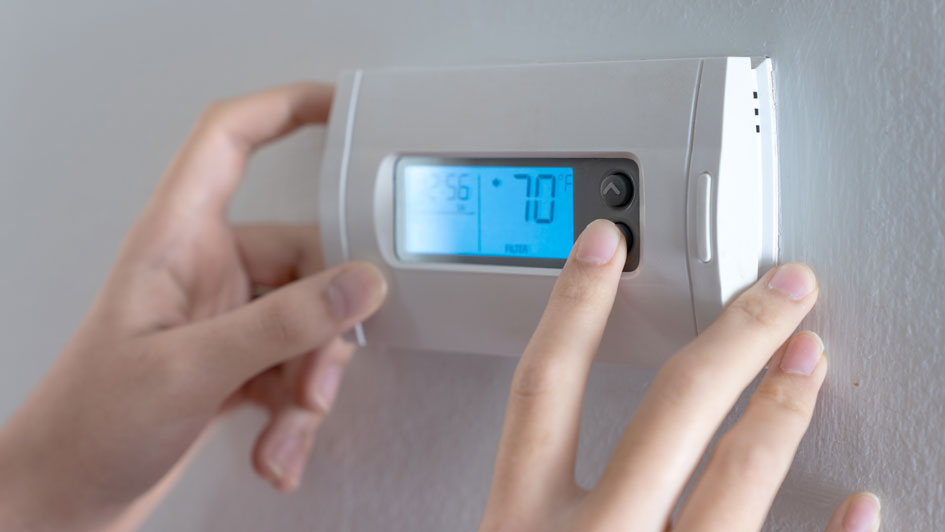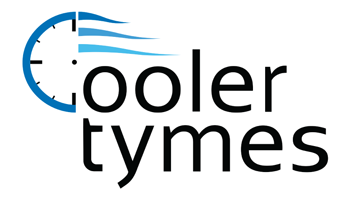
Everyone’s always looking to save money on their utility bills, but it turns out there’s a way to do it when you aren’t even home.
The key is your thermostat. By making the most out of your thermostat, you can structure its daily schedule around your personal preferences. This means establishing various temperature settings for when you’re home, away or even when you’re sleeping.
With a few simple adjustments, you have more time to enjoy pleasant temperatures while keeping more money in your pocket. Take a look at a few ways your thermostat can save you money in the summer:
While at Home
When you’re home, you want a nice range of pleasant temperatures. For the most part, you probably have your thermostat lower in the summer if you're indoors to appreciate the cool air.
But the most energy-efficient temperatures for the summer is usually between 78 and 80 degrees Fahrenheit. With this adjustment, you'll avoid the worst of summer while still lowering your monthly energy bill.
While Away
If you're setting the temperature for whenever you're gone, it’s advantageous to set the thermostat higher for while they're gone.
For some homes, you can set the temperature as high as 88 degrees while no one is home before lowering it back to the sweet spot of 78-80 degrees when you or a family member return. This way, your air conditioning unit won’t be working overtime to keep an empty house cool.
While Sleeping
When it comes to sleeping in the summer, you want your thermostat set at a comfortable temperature. A good rule of thumb is between 68-72 degrees Fahrenheit. You won't have to worry about getting too hot or too cold when you are trying to get some rest.
Other Ways to Use Less Energy:
- Smart thermostat installation: Trying a smart thermostat in the summer can lower energy costs by automatically adjusting to your lifestyle and home environment. They can lower the temperature while you are home or sleeping, while allowing it to get warmer when no one is around. Using reputed brands and models such as the Lennox iComfort, you can adjust the temperature remotely through your smartphone, tablet or laptop. Planning smart thermostat installation in your Litchfield Park home is an effortless way to set the correct temperature even when you aren’t home.
- Update your existing HVAC system: A high-efficiency HVAC system is another great option for long-term energy savings. With greater energy efficiency, your utility bills will be lower because it requires less energy to reach your preferred temperatures. Air conditioning installation in Litchfield Park is a great way to beat the heat in the summer.
- Schedule annual AC maintenance: Investing in or ignoring regular air conditioning maintenance in Litchfield Park can have a big impact on your monthly energy use. By regularly cleaning the coils, checking for damage and clearing air vents of dust and debris, you may notice your HVAC system perform better during day-to-day use.. Increasing efficiency also limits strain on key parts and lowers operational costs, resulting in lower energy usage and subsequently, smaller bills.
- Replace your air filter regularly: Regularly changing the air filters in your HVAC system saves money by keeping airflow as smooth and consistent as possible. When filters are old and less effective, your air conditioner will have to work harder, and the added strain may impact the system’s life span and result in breakdowns.
- Verify your attic has enough insulation: Insulation is one of the key components in any energy-efficient home, keeping the hot air outside and the cool air inside over the summer. The North American Insulation Manufacturers Association (NAIMA) suggests that homeowners living in southern climates should install at least 13-14 inches of insulation, while states further north need 16-18 inches.
- Check your air ducts: Damage to the ventilation is capable of increasing your energy bills much more than 20 percent, plus it can affect equipment such as your water heater, clothes dryer and other appliances throughout your home. Watching for signs of leaks and sealing them can help with both these issues.
- Seal all other leaky spots in your home: Finding and sealing any remaining leaks in your home with caulk, foam sealant or weather-stripping helps keep things cooler during those hot summer days. It’s also important to check for any gaps around windows, doors and even outdoor fixtures. Devoting time and effort to sealing leaks now can help you save a lot in the long term.
